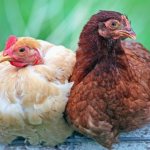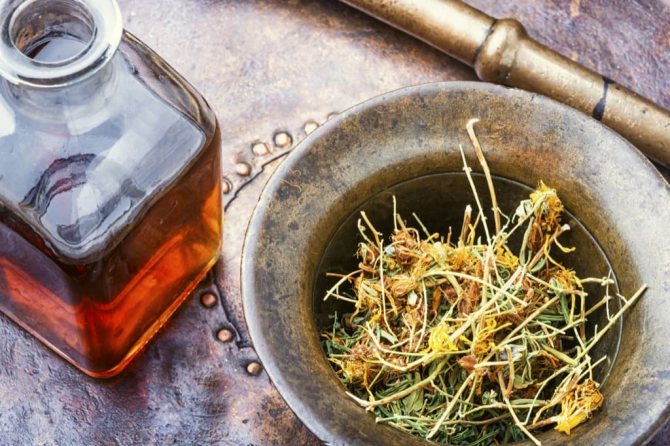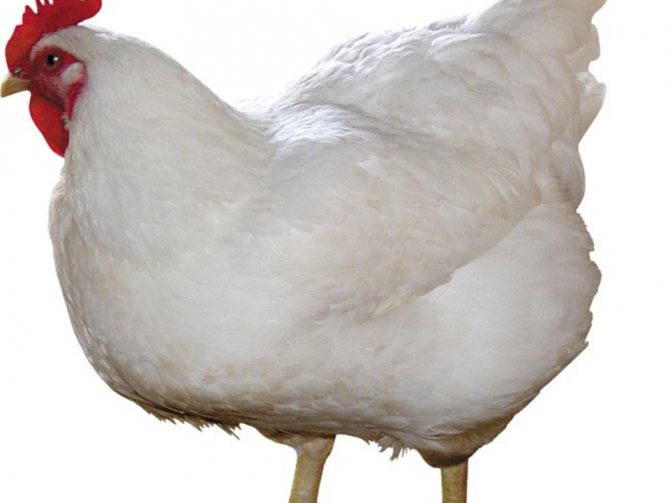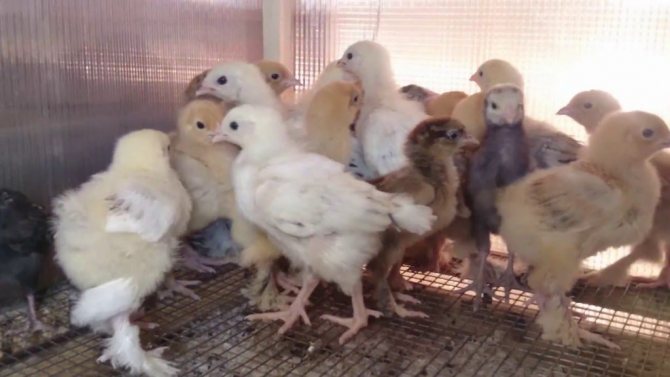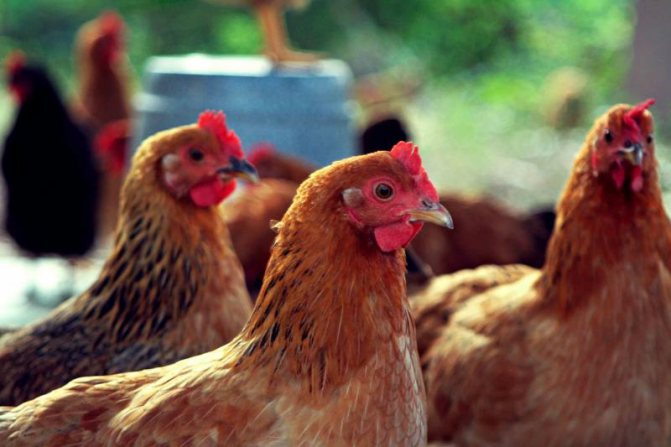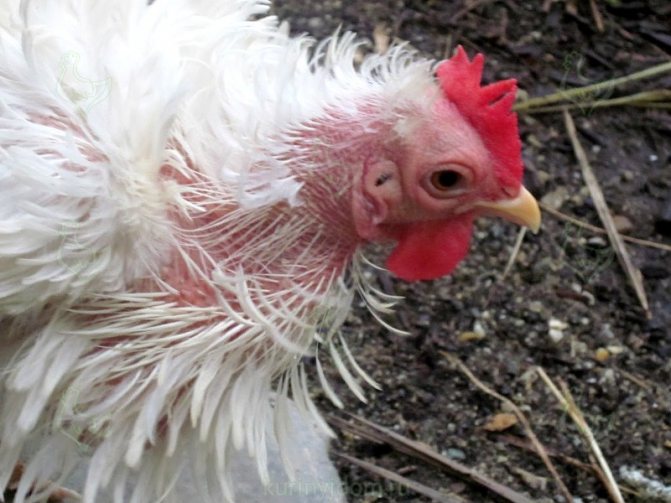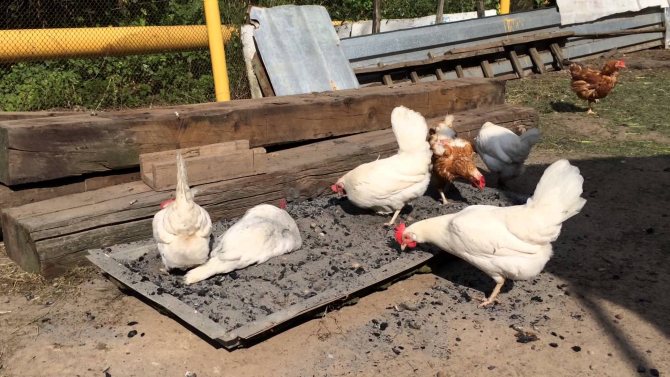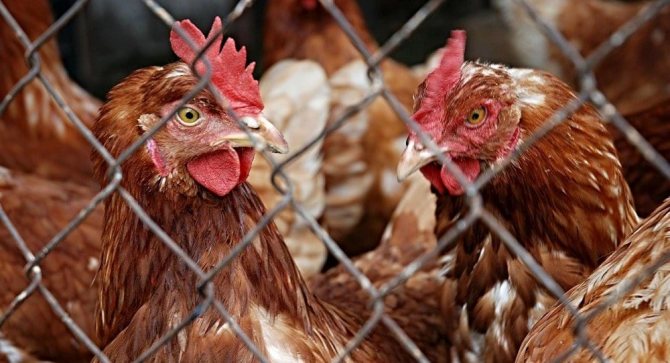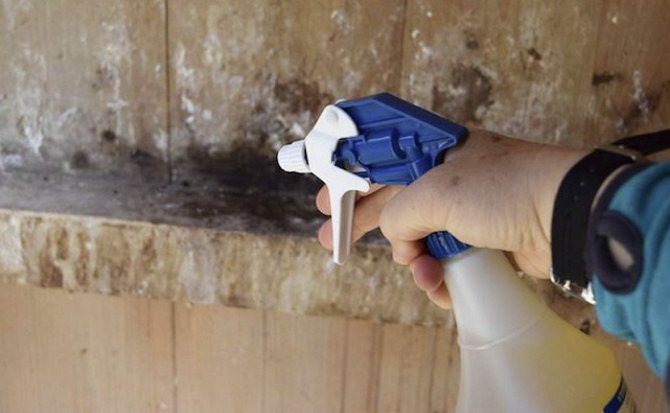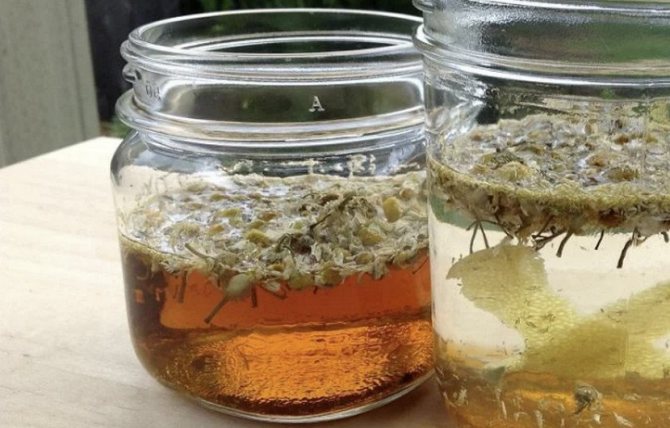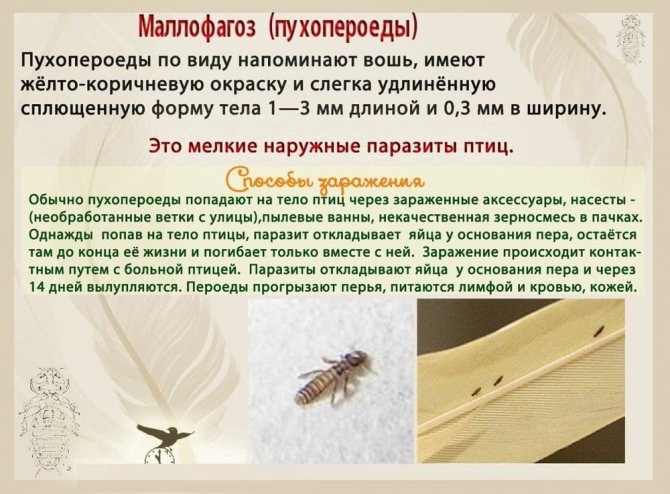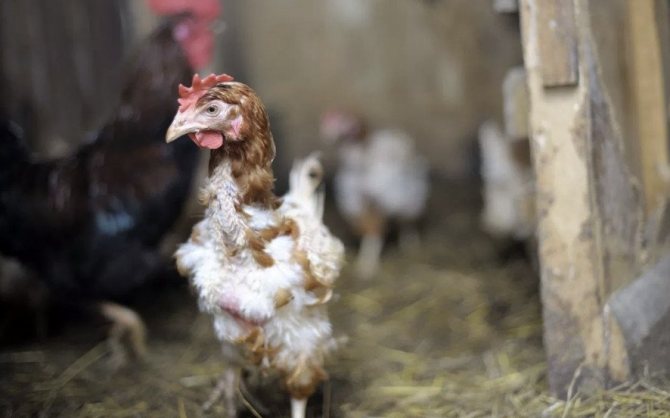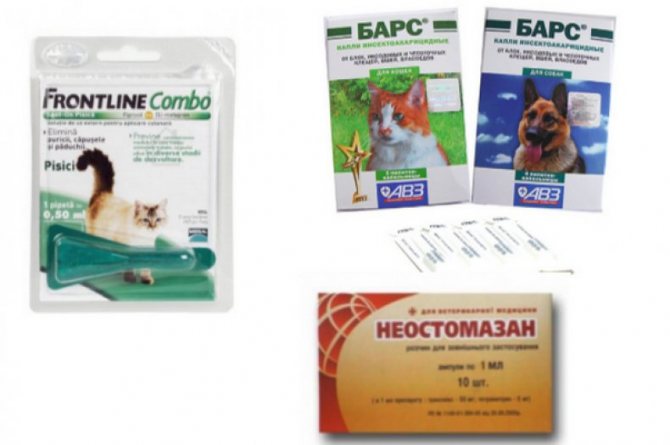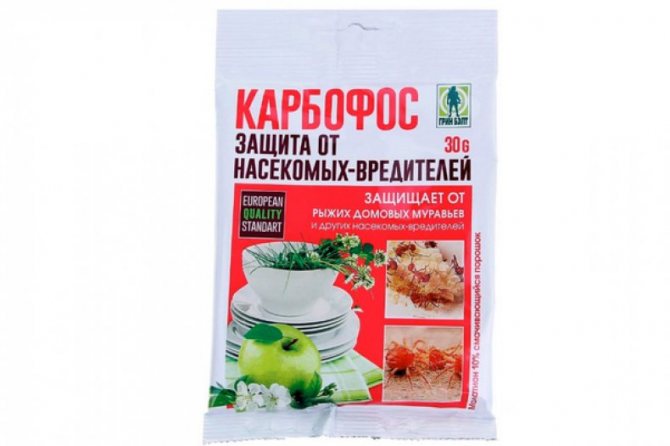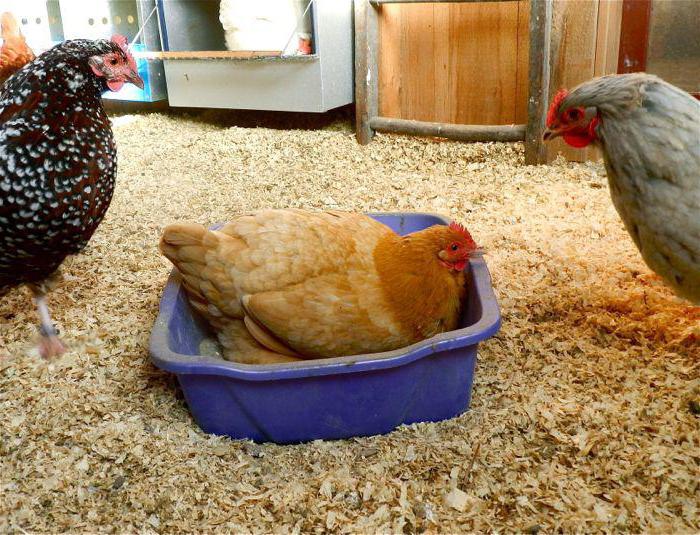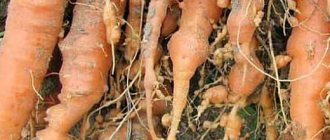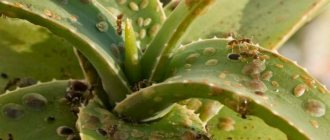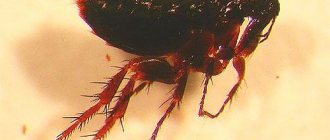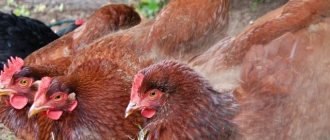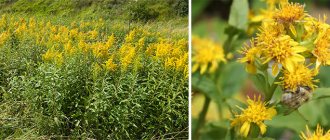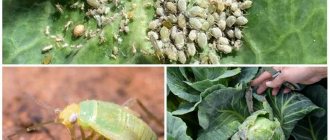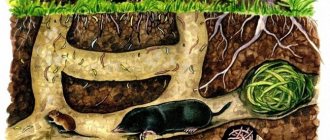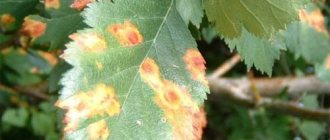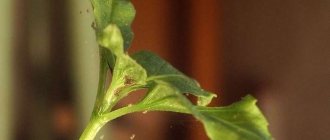Chicken lice can be a real disaster for farmers. They live on the surface of the body of farm birds and animals, and if they are not eliminated in time, lice have a very negative effect on the health and quality of life of chickens. These parasites can infect all birds and significantly impair their productivity. It is important to identify insects in a timely manner and start fighting them.
What is a chicken louse: what does it eat and how it reproduces
Chicken louse, or feather eater (lice), is the most common parasite that lives on agricultural and wild poultry. Scientists have identified more than five thousand species of lice, among which about two and a half thousand can parasitize birds. Twenty subspecies, each of which has its own characteristics, inflict tremendous damage on the agriculture of our country.
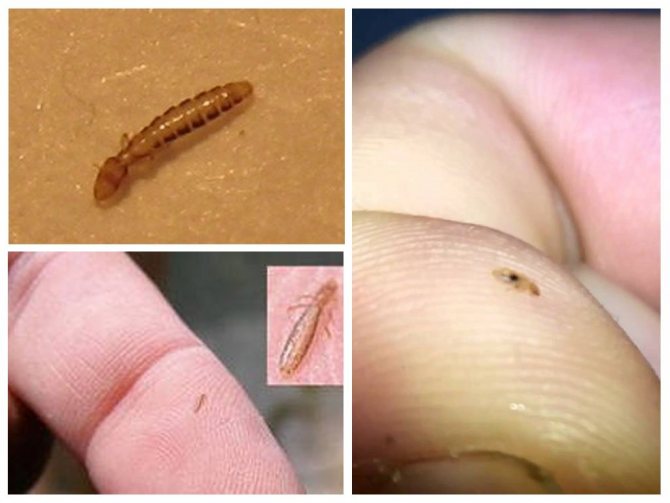
Chicken louse lives on both domestic and wild birds
Some bird lice are subdivided into two main families - chewing lice and feather lice, but in a practical sense, such a division is not of great importance, since the specificity of parasitizing both of them, as well as the methods of dealing with them, are identical.
In addition to chickens, chewing lice can attack such domestic and wild birds as:
- goose,
- duck,
- quail,
- turkey,
- guinea fowl.
The parasite is very specific in the choice of prey; the bird louse does not live on mammals.
What does the chewing lice look like and what eats
Bird lice are small insects that do not have wings, with a rounded flat or elongated segmented body up to two millimeters long. The chicken parasite is distinguished by a yellowish-brown tint and individual dark elements. The insect has a wide head and poorly developed antennae-whiskers. On each of the six paws, located in pairs, there are growths-claws, with the help of which the insect can fix its position on the victim's body.
The diet of chicken lice includes:
- fluff,
- pen,
- particles of poultry skin.
These creatures do not need blood, but they will not give up its frozen elements at the edges of wounds formed as a result of combing.


Chewing lice feed on feathers and down of birds
Reproduction
Females produce white eggs that adhere firmly to the feather or down of the bird. The eggs reach a length of one and a half millimeters, are oval in shape and are visible to the naked eye upon close examination. The hatching process begins on the fifth to twentieth day, depending on conditions. The larvae, although they are similar to adults when visually examined, must go through the molting stage three times, and only then after two to three weeks they become sexually mature parasites. Reproduction of all bird pests is of the highest speed and efficiency. The female brings up to one hundred thousand eggs during her life cycle. Puff lice and feather-eaters cannot survive outside the bird's body, they die already on the second or third day, once they get into the external environment.
How to recognize lice in a bird, symptoms of infection
The parasites can attack chickens of all ages, but the young generation of birds is most affected by them. Feathers are carried by infected pets, and pests can be found on care items and equipment. Lice can end up in nests, dust baths, and cages.The most active carriers are roosters, since they do not bathe much in sand and dust baths and are less likely to clean their plumage.
The number of infections usually rises sharply in the fall and spring. This is also facilitated by factors such as:
- overpopulation of the chicken coop,
- large crowding of birds,
- incorrect content,
- insufficient care,
- poor nutrition
- dampness and dirt in the dwelling of chickens.
Signs of the presence of chewing lice in a bird can be seen with the naked eye, these are, first of all:
- combing,
- baldness, more often in the back, neck, abdomen,
- holes in the feather,
- bird anxiety, inappropriate behavior,
- pecking,
- plucking feathers,
- abrasions and injuries,
- inflammation of the eyes,
- poor egg production,
- weight loss.
Several types of pests can be present on one pet at once. Some chewing lice prefer to settle in the feather cover under the wings, others choose the neck and head. Chicken louse prefers young feathers, which is why the activity and number of parasites increase during molting. On the bare skin of a bird with a strong infection, wounds that appear as a result of scratching, as well as eggs of parasites, are clearly visible. Similar signs are observed on catkins and pet crests.


You can diagnose a feather-eating infection by carefully examining the bird.
Diagnosing a problem in chickens is fairly easy. To do this, the bird is placed in the sun or under the light of an incandescent lamp. Within a few minutes, the parasites creep into the heat and become clearly visible to the naked eye. Using this method, you can more or less accurately determine the scale of the infection. Dead chickens are not interested in feather-eaters, since for a comfortable existence it is important for them to have heat and a constant temperature of a certain level.
Reasons for the appearance
Lice can get started if the conditions for keeping chickens are not followed.
The spread of parasites is facilitated by:
- Untimely cleaning of the chicken coop.
- Lack of free space in the containment area.
- The presence of holes through which rodents can crawl and transfer the infection to birds.
Less commonly, parasites move from sick wild birds to healthy domestic ones.
Attention! Exacerbation of head lice occurs during the moulting period of chickens, since parasites prefer to feed on renewed feathers, so at this time it is worth paying special attention to the birds, enriching the feed with vitamins and minerals that will help to strengthen the immune system, and equipping a place for chickens to take ash baths with sulfur.
Consequences of infection
Chicken lice are dangerous parasites that can be carried by a wide variety of birds, including wild ones. The consequences of infection can be very deplorable, up to the mass death of the inhabitants of the chicken coop.
With an increase in the number of feather eaters, the bird quits to rush, its physical activity disappears, and such health problems as anemia and anemia begin to develop. Usually this is followed by extreme exhaustion and death, if proper measures are not taken.
Chicken louse carries many infections, including:
- brucellosis,
- salmonellosis,
- trypanosomiasis,
- plague,
- encephalitis.
Bird parasites also carry helminth eggs, which, upon contact with chicken, can also infect humans. Due to the above factors, in case of mass infection of chickens with feathers, the use of their meat and eggs is strongly discouraged.
Preventive measures
The prevention of diseases in pets and poultry, including chickens, is considered effective with folk options, since chicken diseases, treatment and control become easier and more affordable. You can fight sources of infection with boiling water and steam, which chicken lice cannot tolerate. Changing litters at the right time also prevents them from spreading.
Everything must be done to exclude contacts of poultry with wild brethren. It is important to make an effort to prevent the problem, rather than then not be able to do anything about it. Yes, chicken louse is a serious problem, because chicken lice live on humans too, but you can fight it.
How to deal with a feather eater


Parasites can appear in chickens even in ideal conditions of keeping the latter
The appearance of parasites in chickens is possible even when the bird is kept under normal conditions. Lice carriers and transmitters can be other inhabitants of the farm and representatives of wild fauna. Among the latter, the most common carriers are:
- sparrows,
- pigeons,
- rats.
Parasites are in constant migration and can be found anywhere and on anyone, therefore it is important to regularly carry out preventive measures and take immediate control measures if they are detected, even in small quantities.
Professional means of dealing with chicken lice
If parasites are found in a bird, not only the treatment of chickens will be required, but also the disinfestation of their place of residence. However, before using insecticides, the house should be thoroughly cleaned, litter, droppings and other traces of the life of the inhabitants of the farm should be removed.
Spray media can be divided into two safety classes. The use of some does not require resettling of chickens, while the latter imply the absence of pets in the room during processing. As a rule, the latter are less expensive drugs, but this also means more labor costs.
The first class includes:
- Entomozan S,
- other insecticides with permethrin.
The second class includes drugs such as:
- Drucker,
- Diazinon,
- Sevin,
- Stomazan,
- Tsifox.
Spraying the premises is carried out with a solution of the drug, calculated according to the instructions. On average, about half a liter of the prepared composition is consumed for each square meter of the chicken coop. The specific dosages depend on the type of insecticide.


Entomozan Super contains such an active substance as permethrin
Farmers recommend using a proven agent such as an issecticidal smoke bomb for treating the poultry house. The premises are processed in the absence of chickens. One smoke bomb is usually sufficient for processing at least two hundred cubic meters of territory. It should be borne in mind that sulfur checkers are used to combat fungus and mold, but not for pest control.
Traditional methods
Folk remedies for treating parasites in a chicken coop mainly include the use of herbs. For these purposes, the most commonly recommended:
- sagebrush,
- mint,
- wild rosemary,
- tansy.
The bunches of the above plants hung in the house work most effectively after complete disinfestation of the room and treatment of the bird, and are excellent for preventing potential infection.
Treatment of a chicken coop from parasites
Since it is necessary to poison fleas and ticks in the chicken coop in the spring-summer period, it is not difficult to do this if the bird can be walking. If the cellular content, then, in order to poison the lice, you need to completely empty the room and only then start processing.
For the chicken coop, various insecticidal and acaricidal preparations, which are offered by veterinary pharmacies, can be used. You can also use the services of a deacarization service. Experts will independently process the already cleaned chicken coop.
If poultry farmers are processing, it should be borne in mind that the drugs are quite toxic, and personal protective equipment is needed.
What to process, you can choose from the list of the most effective for all insects:
- not anointed;
- butox;
- decis;
- entomazan (cypermethrin);
- avicin (medifox)
The technique is as follows:
- we free the premises;
- we clean it from litter and droppings;
- we prepare a working solution according to the instructions for the preparation;
- we spray the room;
- we maintain the exposure specified in the instructions.
Expert advice
Victor N. Travnikov
For about 20 years he has been breeding laying hens, broilers, geese, ducks and other poultry. Our expert who is always happy to help readers.
Ask a Question
Especially carefully (until all surfaces are completely wetted), the treatment should be carried out if a red chicken mite has wound up in the chicken coop. To destroy this parasite, spraying should be carried out at intervals of 10-12 days 5-6 times per season.
Bird fleas are wingless insects of dark brown color. The size is 1.5 mm. The chitinous cover is very durable, it is impossible to break it with a beak. Parasites live in the plumage of birds, not only chickens, they can even be found in parrots and canaries. Lice or fleas are thermophilic. The optimum temperature for life is 40-41 degrees.
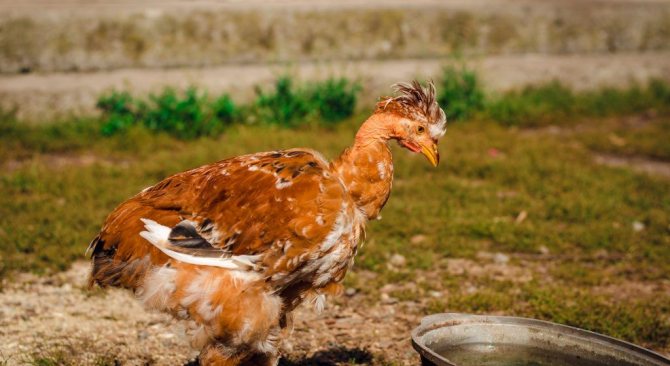

This is the body temperature of birds under feathers or in the nest. Fleas are very jumpy: despite their small size, they can jump up to 1.5 meters and infect other individuals. Chicken lice feed on dead skin cells or feather particles. They are called puff lice or puff lice.
Fleas reproduce with the help of eggs, which the female scatters at a distance of several meters from herself. The eggs fly off, thus infecting other chickens, and remain inside the hen house. It is not easy to deal with them: one individual produces 3-6 eggs per day, that is, reproduction occurs exponentially.
A larva hatches from the egg, which lives outside the body of the bird and feeds on excrement. The parasite may remain in the pupal stage for several weeks until a new "host" appears. The flea then hatches and infects the new bird.
If parasites are found, chickens should be treated immediately. Special poultry insecticides are best suited for this. The preparations contain pyrethroids, which have a nerve effect on fleas. For chickens, it is not harmful, the only thing that should be avoided is getting inside.
A good folk method for fighting lice in chickens is ash baths. Pour the oven ash into a small container. The bird will be happy to wallow in it.
It is not enough to remove parasites from the bird's body. Eggs, pupae and adults will be kept inside the house. Thus, re-infection will constantly occur, and all treatment efforts will be nullified.
Therefore, it is imperative to get rid of chicken lice in the chicken coop.
It is not necessary to clean the coop before starting disinfection. The litter and manure removed contains a huge presence of flea eggs and larvae that can re-infect chickens. It is necessary to process everything that is inside the room, even garbage.
Remove chickens from the coop before processing. Don't forget any corner, perches, nests. Only after disinfection is debris removed and the floor is washed. After a couple of weeks, the procedure must be repeated. Fleas are quite tenacious, if a few individuals remain, they are able to infect the entire house again in a short time.
After the chicken coop has been treated for bird lice and fleas, it must be thoroughly washed and ventilated. Only then can the already treated chickens be allowed inside. When carrying out disinfection, you should use personal protective equipment: gloves and a respirator. Eggs laid during or immediately after treatment should not be eaten.
It is best not to treat parasites, but to prevent their appearance. To do this, you can hang a quartz lamp inside the chicken coop, which not only has a disinfecting property, but is also able to prevent the appearance of fleas, lice and other insects.
Plants such as tansy, wild rosemary, rosemary, wormwood are an effective folk remedy for prevention. The parasites do not tolerate the specific, pungent smell of these herbs and will not appear in rooms where they are decomposed. In addition, these herbs are able to rid birds of fleas in the early stages of the disease.
And, of course, one of the most effective ways to prevent the appearance of parasites is to regularly clean and keep the inside of the chicken coop clean. Proper care of chickens is the key to the health of poultry.
Any contact of these birds with domestic animals can lead to infection and further spread to all livestock. Due to the minimum size (from 1 to 5 mm), lice in chickens often remain invisible to humans, which allows them to reproduce calmly and freely infect chickens and other poultry.
Today there are many answers to the question of how to get rid of feather eaters in a chicken coop. At the same time, the variety of these methods involves both the use of traditional medications and very effective folk methods. The choice of the drug should be based on the fact that under normal conditions the life period of lice does not exceed 4 weeks, but their fertility allows them to produce up to 120 thousand individuals during this period.
It is also important to take into account the short incubation period, and it is on the basis of these data to select the treatment. The louse in the hen house, as already mentioned above, can be defeated both with the help of chemicals and through the available folk methods.
How to remove lice from a bird
The fight against feather-eating should be started as soon as possible after its detection. Timely treatment is critical. As well as for pest control of the chicken coop, the treatment of chickens can be carried out both with the use of chemicals and with the use of folk methods and means.
Chemicals
Veterinary clinics today offer a sufficient range of drugs for the treatment of chickens infected with the chewing lice. Modern means destroy parasites, affecting the nervous system of the latter, without causing harm and without having the peculiarity of accumulating in the pet's body.
Table: the most effective and popular drugs for pest control of chickens
| Barrier | Insectoacaricidal powder | It is sprayed onto the bird with rubbing into the feathers. |
| Beafar | Insecticidal spray | Apply to the chicken before penetrating the feather. |
| Frontline | Insecticidal spray | Sprayed on the pet until the feather cover gets wet. |
| Promectin | Oral remedy | Added to drinking water. |
| Butox | Spray preparation | It is sprayed on the bird diluted in water. |
| Stomazan | Insecticidal spray | It is applied by spraying. |
| Neostoazan | Spraying agent | Sprayed on chicken. |
It should be noted that some of the chemicals for treating lice from chickens are quite toxic. Veterinarians do not recommend the use of these chemicals on chicks, laying hens and thirty days prior to poultry fighting. Treatment with any insecticide implies a repeated procedure in about a week, this is necessary in order to destroy the new parasites that have emerged from the non-dead larvae.


Butox is the most popular drug for fighting parasites
Folk remedies
In addition to the drugs of the chemical industry, there are a large number of methods to combat parasites through the use of folk remedies.
Table: popular and effective folk remedies
| Kerosene | Destroys adult parasites and partially affects the chitinous layer of the larvae. Kerosene is used on infected birds, making sure to isolate them from healthy ones. Treatment should be carried out again after seven days. |
| Vinegar | Six percent table vinegar (not essence!) Is diluted in water in proportions of one to two, respectively. Infested chickens should be treated with the composition and removed from the poultry house.The disinsection event is repeated in a week. |
| Kerosene and ammonia | The mixture effectively repels lice and is ideal for spot application. It is applied to the bird's neck from the back by a drop method. |
| Sand baths with ash | Such baths for chickens are an excellent additional means of getting rid of parasites, as well as an excellent way to prevent the appearance of insects. With a relatively low level of infestation, a mixture of ash and fine sand can be handled by hand, although this method, of course, is only justified in the case of a small number of birds. |
Folk remedies
Poultry farmers have removed lice from domestic chickens even before chemicals were introduced. If it is not possible to purchase a remedy at a veterinary pharmacy, then you can get rid of lice with folk remedies such as vinegar or kerosene.
By themselves, these substances are aggressive and cause burns to the skin of chickens, therefore, a solution must be prepared for processing birds:
- You will need 100 ml of 6% vinegar and 1.5 liters of water.
- Both ingredients are mixed, after which the birds are sprayed.
To scare off new parasites, you must:
- Mix kerosene with ammonia.
- Apply a little of this product to the withers of each bird.
A solution of eucalyptus and rosemary essential oils will also be equally effective.
Additionally, farmers recommend placing a bath with sand, ash, and powder for removing lice or sulfur near the chicken coop. Chickens will "bathe" in this bath and rid themselves of parasites on their own.
Features of processing chickens and poultry houses with chicks
Prevention of a chicken coop with chickens involves regular treatment of the premises with disinfectants, which are somewhat different from the means used for disinsection of an "adult" poultry house. Direct treatment of chicks can be carried out with substances based on ethyl alcohol, which is an excellent skin antiseptic. All smooth surfaces are also cleaned with ethyl alcohol, taking into account its effect on certain types of materials, especially plastic.
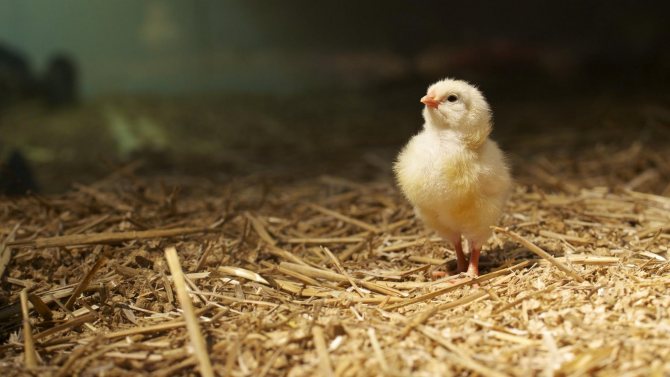

Treating chicks from head lice is different from treating infestation in adult birds
Quite often, poultry farmers use compounds with sodium hypochlorite (whiteness) for disinsection. This chemical effectively kills parasitic life forms and organics. The obvious benefits of sodium hypochlorite are:
- low cost,
- efficiency,
- ease of use.
Despite this, whiteness has a number of disadvantages, including:
- irritating effect on the skin and respiratory organs,
- short shelf life,
- the influence of the sun and temperature,
- corrosive effect on cells.
Chlorhexidine is also commonly used to treat head lice in poultry. This antiseptic is suitable for pest control of both adult chickens and chickens. Among the advantages of chlorhexidine are:
- low toxicity,
- destruction of viruses and fungi.
Among the disadvantages are:
- relatively high price for the drug,
- not very high efficiency against certain bacteria.
Formulations with iodine are perhaps most suitable for the treatment of chickens and "baby" poultry houses. The use of iodine-containing products includes:
- processing of chicks,
- treatment of the chicken coop,
- additional pest control procedures, including the fight against bacteria and fungi.
Phenol is a good disinfectant according to many farmers. This chemical has the following benefits:
- cleans and disinfects cell surfaces,
- kills bacterial and fungal colonies,
- destroys viruses.
Phenolic compounds are odorless, can be used with cold water, and are cheap. However, phenols in high concentration can lead to problems such as:
- burns of the lungs,
- damage to the skin,
- eye burns.
A good antiseptic according to the reviews of poultry houses for treatment of lice and other parasites of chickens and premises with chicks are products based on glutaraldehydes. The advantages of such formulations are as follows:
- high efficiency,
- destruction of many disease-causing organisms,
- no negative impact on the skin of pets.
Among the significant disadvantages, the risk of eye and respiratory burns in both chickens and humans was noted.
Treatment of a chicken coop from parasites


And what about the chicken coop? The first is to clean the house! Litter material, leftovers and feed stocks are removed. The surfaces are washed. Only then are insecticides used.
Advice! Do you want to get poisoned with purchased drugs, get chemical burns? Then get yourself special equipment for disinfection. You can use tight clothing. For the face you will need a mask, for the hands - gloves.
After disinfection, the house is left alone for a couple of hours. After this time, fresh bedding material spreads. The second treatment is carried out after 2 weeks.
Steam can be used during the re-event. This requires a special unit, which is available to the relevant services.
How to prevent infection
Preventive steps to protect poultry from lice include avoiding contact with wild birds. In winter and autumn, a more thorough examination of chickens for the presence of parasites should be carried out, since at this time the number of the latter increases significantly.


In winter, the number of parasites in warm chicken coops increases.
To reduce the risk of infection as much as possible, it is recommended to carry out the following preventive maintenance in the hen house:
- close all holes and crevices to prevent rats and mice from entering,
- apply a covered netting to protect the walking areas from the presence of wild birds,
- clean the room thoroughly (then do it regularly),
- provide pets with sufficient space,
- replace the bedding,
- prevent littering of the chicken coop with garbage, including droppings and food,
- hang wormwood, tansy, wild rosemary, lavender indoors,
- Check birds frequently and thoroughly for lice.
Symptoms and course of the disease
There are certain signs and symptoms that can tell you if a chicken is infected with lice.
- the nervousness and anxiety of birds increases;
- the chicken begins to pinch itself with its beak and pluck feathers;
- birds have bald spots;
- the chicken loses weight, its appetite decreases, egg production decreases;
- chickens and young animals are dying.


If you notice at least one of the symptoms, you should carefully examine all the birds separately and separate those infected with parasites to another room. The next step is to treat sick chickens.
Why are chicken lice dangerous for humans?
Chicken louse prefers to parasitize on birds. The density of human skin is an irresistible factor for it, and the specific chemicals of the human body do not contribute to reproduction. Whether infectious diseases are transmitted through insect bites has not yet been precisely clarified, but people with allergies may experience a reaction. For a comfortable existence, bird parasites need a rather high temperature, about forty degrees Celsius, so when they get on human skin, which has a lower temperature regime, the insects leave quickly enough.

